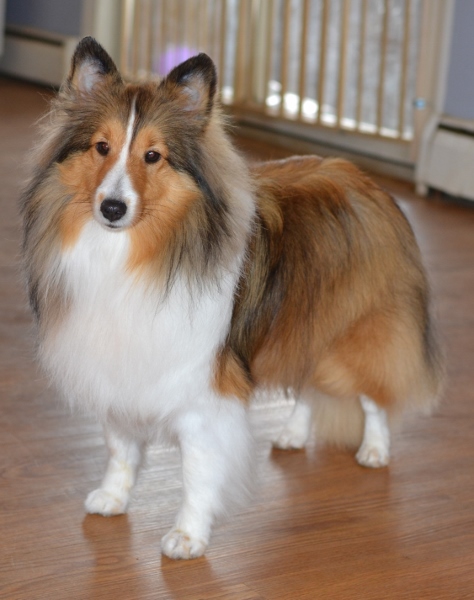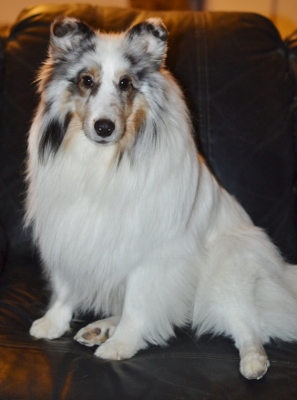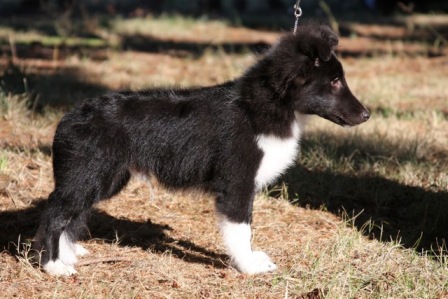Sable Sheltie Color
I anticipate closing this website and completing a full transition to my substack account by the end of the year. Please sign up for the substack newsletter if you wish to stay informed about things going on at Yankee Shelties.
There are three basic Sheltie colors: a sable sheltie, tri-color, or bi-black.
The
reason for sable being the most common color of shelties, is because it is the dominant
gene over tri-color AND black. (Usually, black is a dominant gene in most other
breeds but in the Sheltie it is the recessive one…. (We just had to be
different!)
Every Sheltie inherits one color gene from the sire and one from the dam.
One of the two is more dominant than the other.
A dominant gene “hides” the color of the
recessive gene.
Sable has a wide range of shades from a clear red to shaded to mahogany (which has a black overlay but is not tri-color).
The easiest way to describe the difference between a tri and a mahogany sheltie is that the tri has black on the face with tan spots, whereas the mahogany has a sable face, surrounded by a black “hood” (for lack of a better term).
The bodies of both can look pretty similar from a distance.
However,
if you look at the individual hair of any sable it is reddish towards the root
and ends with a black tip. The length of the black tip determines how shaded it
looks. Mahogany is the one with the most on the hair shaft.
This is a Mahogany sable. Notice the color of the face.

This is Shaded

A very Light

If a Sheltie has inherited a tri-color gene along with the sable it looks sable but is called “tri-factored”. We know this only because we have records or personal knowledge that one of the parents was a tri-color sheltie. There is no way of knowing this for sure just by looking at the dog.
Similarly, if it has inherited a black gene it is “bi-factored” (as in: “bi-black”).
I have not found any genetic explanation for when a Sheltie is bright sable vs. shaded vs. mahogany.
Although
I have to say, if you have a Sheltie that is a product of only sable parents
and grandparents and great grandparents with no other colors in the
pedigree, that dog is a brighter sable than the Shelties with other colors in their
history. Absolutely no hard data to back that up, just my opinion.
Take Two Sable Shelties, Put Them Together And You Get...
Wait For It...
If two sable shelties are bred together, and both happen to have a hidden tri-color gene, it is very possible for each parent to pass on that tri-color rather than the sable gene and there may be tri-color sheltie puppies in that litter.
If two sable parents each had the “hidden” bi-black gene, they could produce bi-black (i.e., black and white) puppies.
If one sable parent had a “hidden” bi-black gene, and the other parent had a “hidden” tri-color gene, they could each pass on the hidden gene so the pup would have one bi-black and one tri-color gene, making a pup from two sable parents tri-color!!!!
(I
know… Take two aspirin and call me in the morning…. J )



